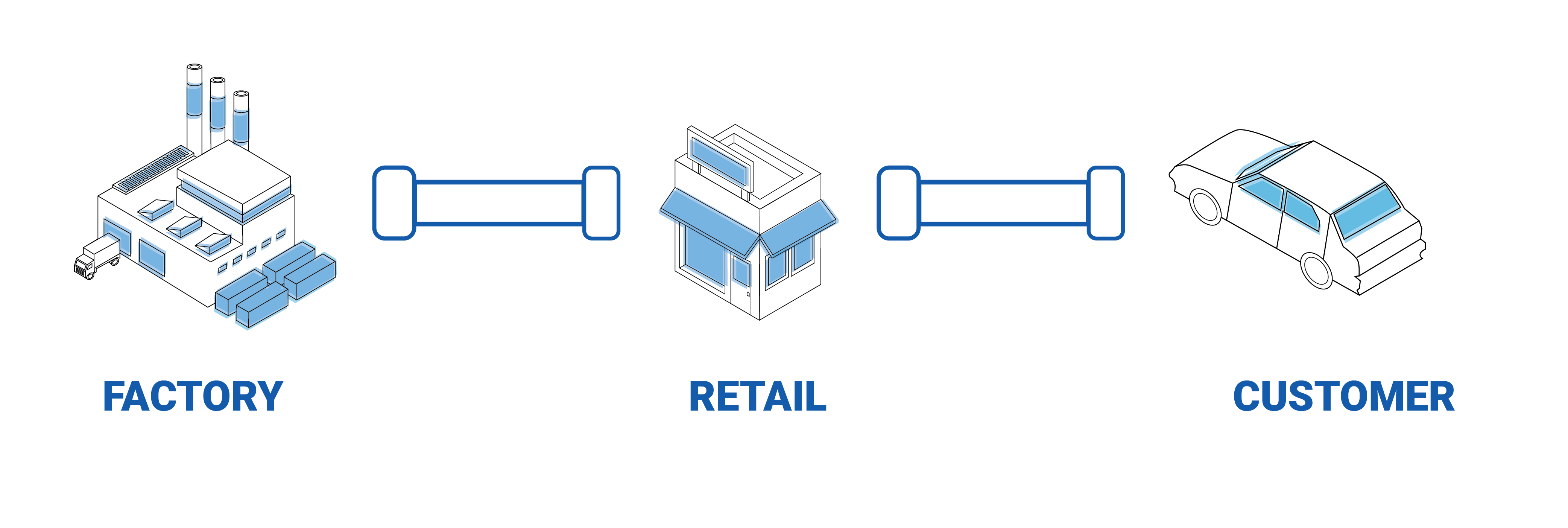Many retailers spent the better part of 2020 tasking their programmers with constant innovation. Asking them to code day and night to catch up to the demands of adding ecommerce offerings to the mix of brick-and-mortar retail. While admirable to see so many rising to the challenge of rapidly innovating needed to meet customer needs – it also put many to the test.
Companies were forced to review operations and develop training to help ready employees for this new version of their workday. All that comes with added costs that cut into profits. Working smarter, not harder, has never been more critical than in our current marketplace.
As mentioned in our last post, there’s a high level of complexity added when omnichannel solutions are offered. Mixing the inventories of shelves in-store with those of fulfillment centers to pick a customer order adds a risk to the whole customer experience. How can you know if an item that was shown as in-stock on your website will actually be on the shelf when your picker attempts to fill a curbside or BOPIS order?
The introduction of online order fulfillment from brick-and-mortar locations created a rise in the need to hire and train employees for new roles in order picking, packing and delivery. Ensuring they're familiar with the tech being used; training them to make the best selections and good substitute items when they encounter common (read: costly) out-of-stocks.
Retailers would be wise to invest in a real-time inventory management system to help. That piece is critical moving forward to ensure the best possible on-shelf availability results and shopping experiences for customers. With so much shared activity, where in-store customers and order pickers are competing for the same products at shelf, communication and transparency need to be the foundation of a smooth omnichannel operation. Where data is shared between supplier partners and retailers, that information must be transmitted cleanly, clearly and in real-time. Anything less? You risk sending your valuable customers to a competitor.

If that's not enough, retailers must also determine how best to deal with item returns mid-pandemic, when merchandise is being touched by multiple people and the possibility of coronavirus lingering on surfaces remains a concern for many. Some companies have began to adapt. Many created longer return windows and holding areas for items to be isolated from stock, to ensure sterilization before returning to sales floor. In some cases, retailers choose to "damage out" the merchandise and destroy product to prevent consumption or resale.
Either way, online returns are costly for retailers. According to a recent report from NRF, ecommerce sales in 2020 accounted for 14% of US retail purchases made, at $565 billion. $102 billion of merchandise purchased online was returned, and $7.7 billion of those transactions were labeled as fraudulent.
All of these things add up. Some companies have added fees or offer “express service” fee options for these conveniences, to help cover the additional payroll burden that’s been created. Some have just added to the cost of doing business. But all still face the challenge to continue innovating. Whether it’s through creation of some new personalized service, customization or just developing a more seamless experience between online and in store, we’re all looking for ways to surprise and delight to keep those customers coming back.
That goal doesn't have to be a pipe dream. Movista offers direct pipelines so every retail stakeholders can have an advantage against uncertainty. Our all-in-one execution solution will allow any company size to stay on the same page to ensure customers get what they want, when they want it. If you're ready to take that first step towards a complete omnichannel experience across the board, let's talk!




